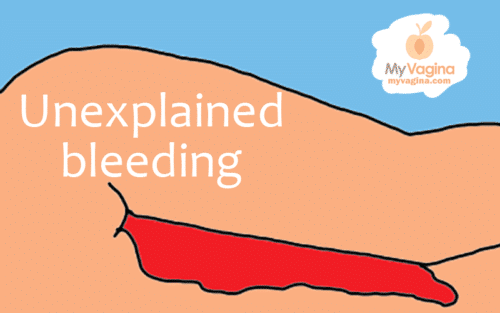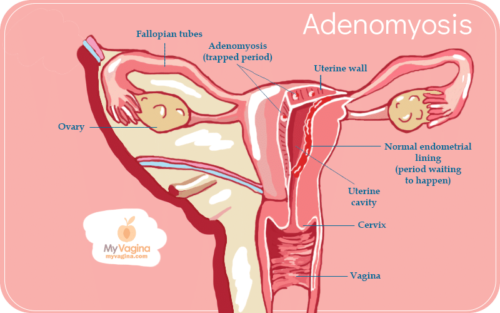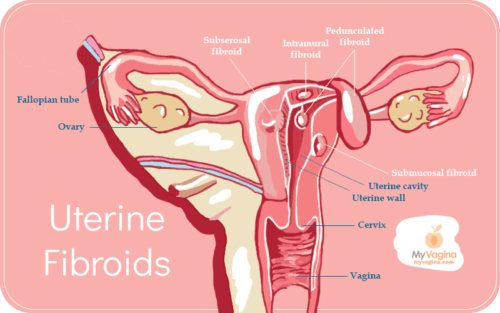Understanding leuprolide GnRH drugs
Leuprolide is used to manage symptoms of endometriosis and fibroids through suppression of estrogen production.
New understandings of endometriosis
New research offers some interesting new pathways to explore when treating endometriosis.
Is my period pain normal?
Period pain can be severe, but is this normal? We discuss what's normal and what's not.
Withdrawal bleeding
We explain why you are told to take a 7-day break from the contraceptive pill, ring or patch, and what bleeding in the middle of your cycle means when using hormone therapy.
Vulvar endometriomas
Vulvar or vaginal endometriomas are painful cysts that occur due to endometriosis.
Treating endometriosis
Treating endometriosis can be tricky, with a handful of medical and naturopath treatment strategies, often used in combination.
Understanding endometriosis
Endometriosis is a common reproductive disorder in women that causes significant pain, infertility, and sometimes huge disruptions to a woman's life. The period-producing cells in our uterus start to grow outside of the uterus (and attach to our internal organs), and bleed - like a period does - every month.
Study: the relationship between endometritis (inflammation of the endometrium) and BV
Women with BV more often have an inflamed endometrial lining than those without BV.
Understanding and treating endometritis
How is endometritis different to PID? We discuss what endometritis is and how it's treated, with the two varieties - pregnancy and non-pregnancy-related endometritis. Each is separated out due to its causes.
Uterus didelphys
A double uterus usually also means a double cervix and a double vagina - but not always.
Unicornuate uterus (hemi uterus) – müllerian duct anomalies
A unicornuate uterus is an anatomical abnormality that occurs when the two sides of the body are fusing together in the womb, and the mullerian ducts fuse abnormally. This is known as a mullerian duct abnormality, and can affect the size and shape of the uterus.
Dysfunctional uterine bleeding (DUB) (spotting, mid-cycle bleeding)
Dysfunctional uterine bleeding is irregular or unusual bleeding that needs to be investigated. Uterine bleeding should, technically, only happen during your period, so if it's not your period, it must be something else.
Causes of mid-cycle spotting and bleeding
There are a few reasons for mid-cycle or unusual spotting and bleeding between periods, ranging from birth control breakthrough bleeding to issues with the cells on the cervix. Understand why you might have mid-cycle spotting or bleeding.
Endometrial adenomyosis
Adenomyosis is where your period-producing cells (endometrial cells) end up trapped in the wall of your uterus. This can occur due to surgery that inadvertently pushes an endometrial cell into the wall of the uterus, leaving it to develop there.
Endometrial hyperplasia
Endometrial hyperplasia is the overgrowth of the 'period-producing' cells in your uterus, causing heavy periods, mid-cycle spotting and bleeding, and an excessive risk of cancers of the cervix and uterus.
Cervical and uterine fibroids
Fibroids are a growth on uterine or cervical tissue that is driven by oestrogen, so while there are some drastic surgical options, managing oestrogen should be the first port of call.







